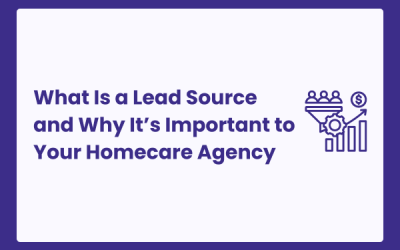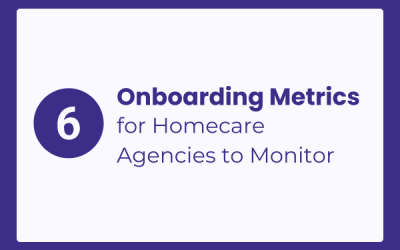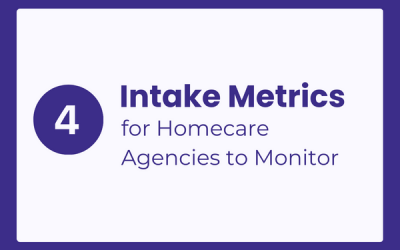In today’s homecare industry, agencies grapple with caregiver shortages and high turnover rates. Agency growth relies heavily on a steady supply of qualified caregivers to meet the growing demand for patient care.
The faster and easier a homecare agency makes the hiring process, the more likely they are to hire and retain qualified caregivers. Effective reporting can reveal opportunities and innovative solutions for improving a homecare agency’s onboarding process.
Therefore, it’s crucial to understand your caregiver onboarding data analytics. This data empowers you to make informed decisions at every stage of the caregiver onboarding process, ensuring your agency can consistently hire enough caregivers to meet demand.
In this blog post, we’ll discuss five benefits of having accurate and real-time reporting for your Recruiting and HR department.
1. Valuable Insights at Every Step of the Hiring Process
Understanding the data points in your caregiver onboarding process can help you streamline your hiring and retention efforts. With access to data analytics at every step of the onboarding process, you are empowered to uncover any bottlenecks and inconsistencies that are slowing down the applicants’ successful onboarding into your agency. This information can help you make data-driven decisions and continuously improve your operations, leading to improved hiring and retention success for your agency.
2. Maintaining Compliance
Onboarding caregivers is a multifaceted and complex process. Regulations necessitate a comprehensive list of requirements, including background checks, medical and identification documentation, and training certifications. Automated tracking and reporting simplify this process, ensuring that all necessary documentation and procedures are accurately recorded.
By ensuring precise compliance reporting, agencies can protect their license, reputation, and growth opportunities and demonstrate their commitment to regulatory compliance.
3. Future Planning and Strategy
By utilizing reporting, your agency can effectively plan and strategize based on data from your caregiver onboarding process. Tracking historical and real-time data enables you to identify trends and patterns, providing actionable insights for future planning and strategy.
You can predict hiring requirements over the coming months with comprehensive data points. For example, if I have X number of caregivers in the pipeline, how many can I expect to be hired over the next few months? This requires a detailed understanding of your hiring process. This projection will depend on factors such as your average applicant-to-hire ratio, the typical length of your hiring process, and seasonal fluctuations in hiring.
Another area to strategize is lead source effectiveness. By analyzing data lead source, time to hire, and conversion rates, your agency can identify ways to redirect budgets and prioritize lead sources while improving overall performance numbers.
4. Communication and Transparency
Detailed reporting is essential for clear communication and transparency during caregiver onboarding. This helps management, HR, and caregivers to be informed about the progress at every stage, ensuring that individual requirements are met and any trouble spots are addressed promptly. Caregiver applicants can receive updates on their status as they submit documents and follow up on outstanding requirements, facilitating timely onboarding and quicker integration into the agency.
Transparency fosters a team culture of mutual communication, cooperation, and support, making the reporting process an essential element of the caregiver onboarding process. Reporting simplifies communication, expedites transparency, and positively impacts all involved in caregiver onboarding.
5. Best Practice
Accurate reporting is essential for the growth of your agency. Following best practices is crucial to ensure busy managers and executives have all the necessary information to make decisions. Some examples of best practices include determining key metrics, maintaining consistency in reporting, automating reporting processes, and using real-time data.
By adhering to these practices, your agency’s reports will showcase data-driven evidence necessary for problem-solving, strategic planning, risk mitigation, and growth.
Conclusion
Real-time reporting plays a pivotal role in the successful operations of caregiver onboarding. By leveraging the power of accurate reporting, you gain the competitive advantage to meet your goals and grow your agency. It functions as a strategic tool, providing agency leaders with the evidence needed about onboarding performance to reduce errors and inefficiencies.
With data-driven decision-making, you can strategically grow your onboarding operations and expand your capacity to provide quality caregivers to meet the need of increasing patient referrals.
Generating custom reports is a game changer for homecare agencies. Inflowcare, a CRM solution designed for homecare agencies, features built-in reporting tools that address the complexities of caregiver onboarding and patient intake.
Using Inflowcare, you will have access to the tools you need to lead your agency towards sustainable growth. Read what our customers say about us, and to learn more about Inflowcare and the benefits of custom reporting for your agency, please request a demo.


